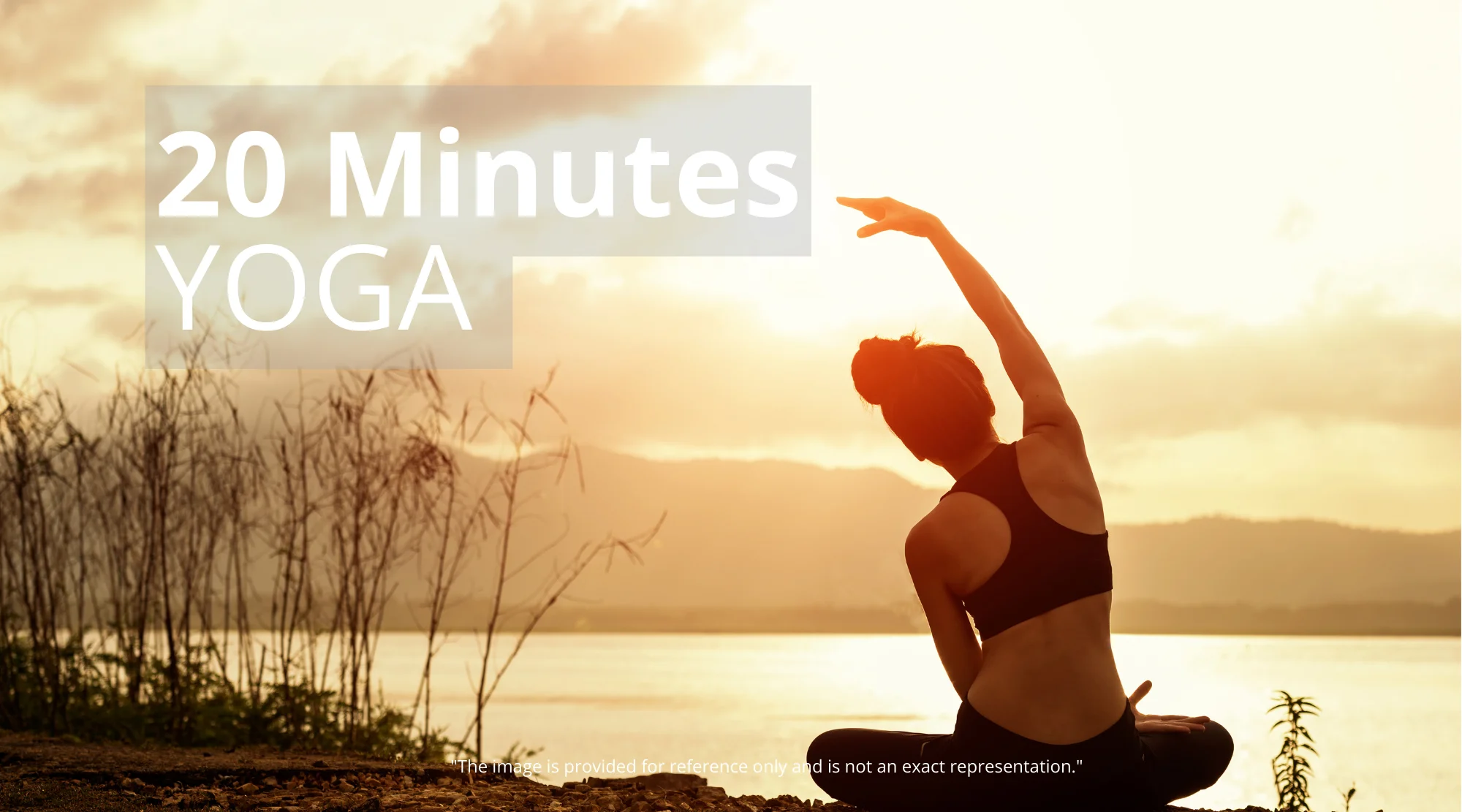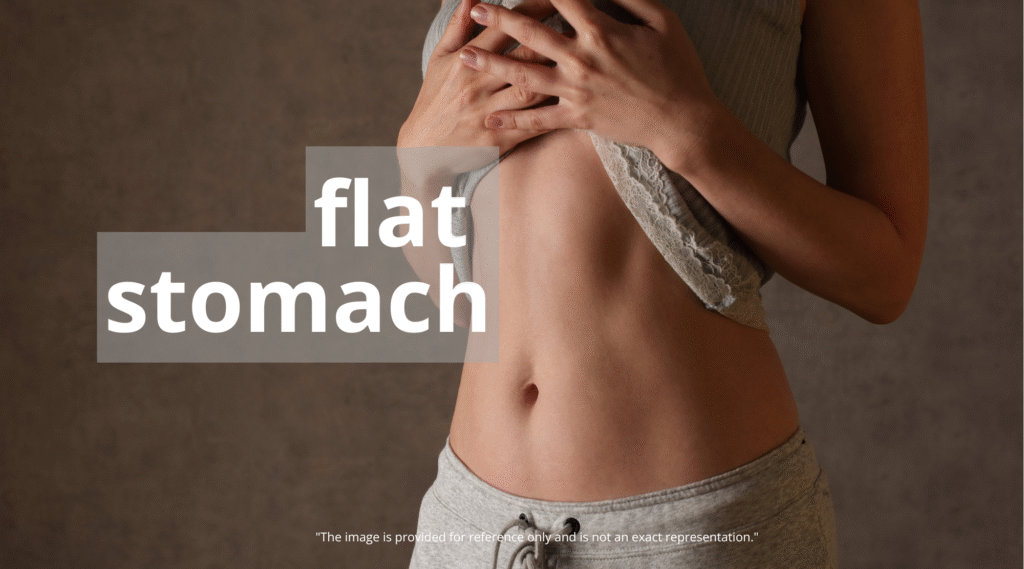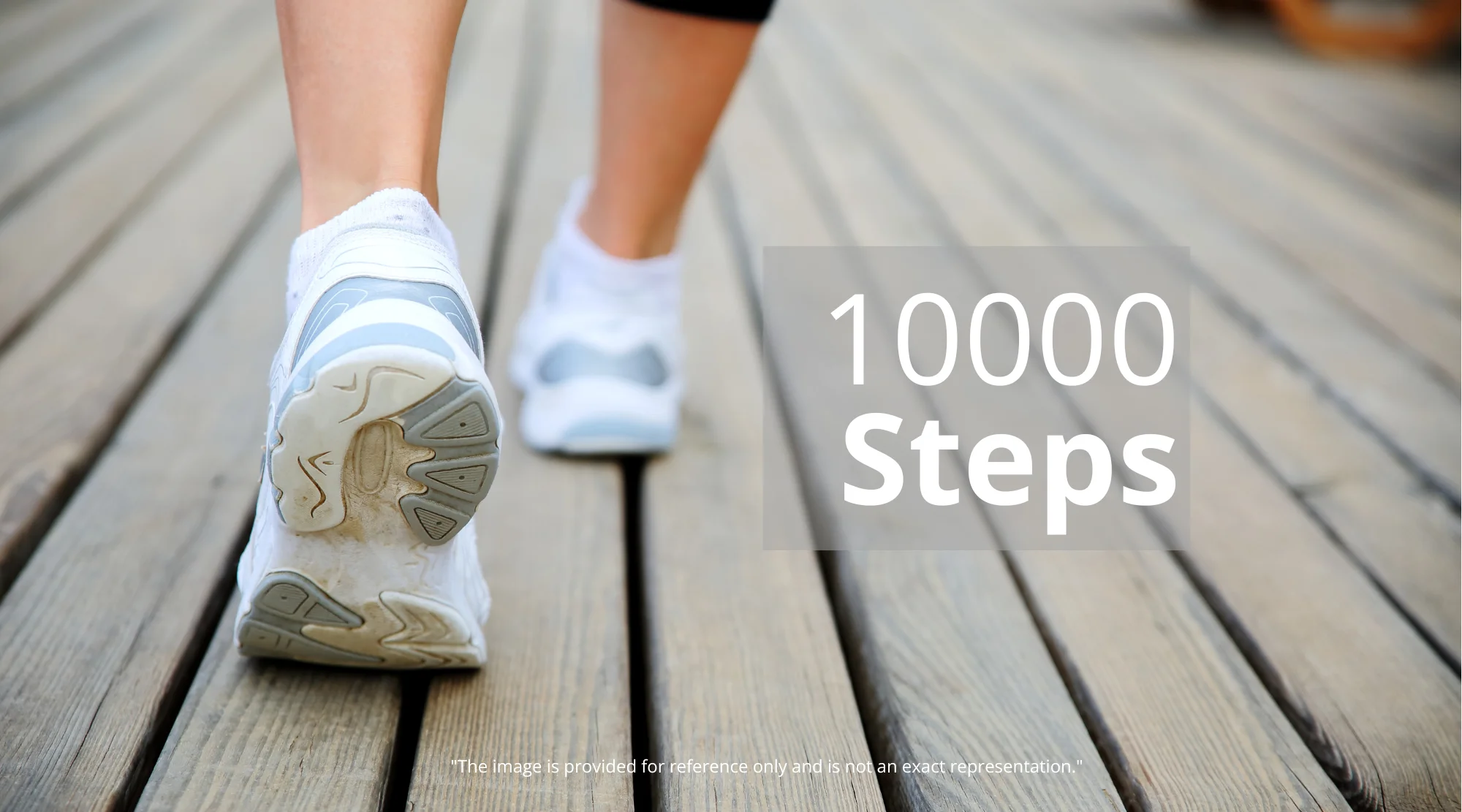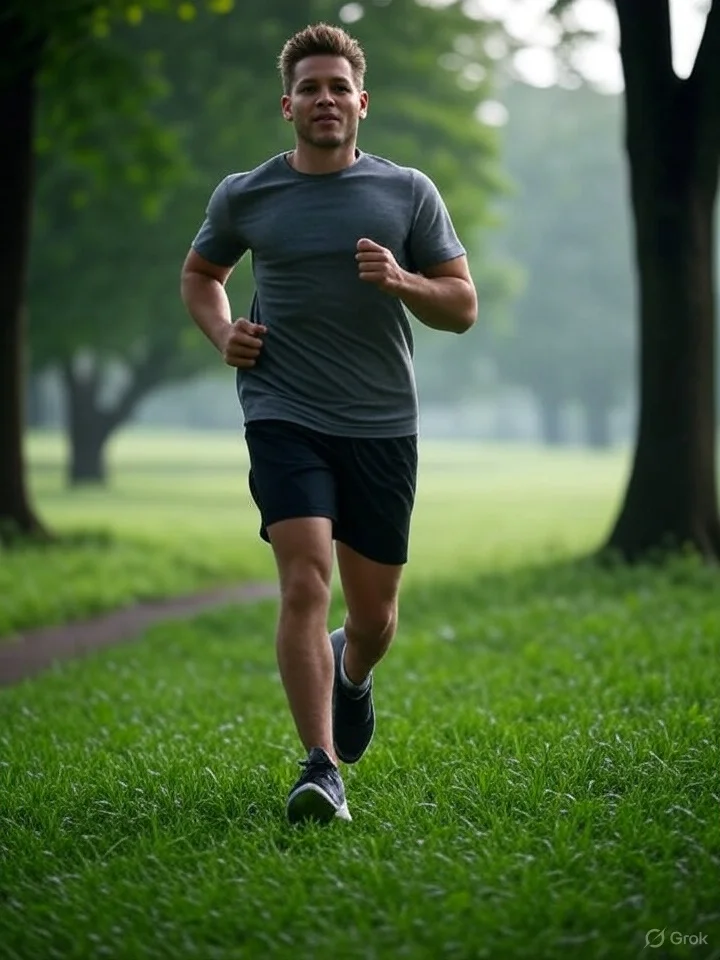Energize Your Mornings: A 20-Minute Power Yoga Sequence for Strength and Focus
Are you looking for a quick yet effective way to boost your energy, improve your mood, and build strength? A 20-minute power yoga practice might be the perfect answer. This dynamic sequence, designed to be done at home, is an excellent way to kickstart your day, providing both physical and mental benefits. Whether you’re a seasoned yogi or just starting, this routine can be modified to suit your needs, offering a powerful blend of core work, strength-building poses, and invigorating stretches.

Setting the Stage: Preparing for Your Power Yoga Practice
Before diving into the poses, take a moment to prepare your space and your mind. Find a quiet area in your home where you can move freely. Ensure you have enough space to extend your arms and legs without obstruction. Consider setting a calming ambiance by dimming the lights, lighting a candle, or playing soft music.
Focusing on your breath is vital. Deep, controlled breathing will help you move through the poses with greater ease and awareness. This short practice is a fantastic opportunity to set a positive intention for your day. Decide on a word or phrase that embodies how you want to feel (e.g., “calm,” “strong,” “focused”) and return to it throughout your yoga session.
Gear Up or Modify
This 20-minute power yoga session requires no props, so all you need is a yoga mat. Beginners can modify poses as needed, while intermediate practitioners can push themselves to greater heights. Remember, the goal is to listen to your body and enjoy the journey.
Warm-Up and Core Activation
The core is the powerhouse of the body, and this sequence begins with targeted exercises to engage and strengthen these crucial muscles.
Reclined Bound Angle Pose (Supta Baddha Konasana)
Begin by lying on your back. Bring the soles of your feet together and let your knees fall open to the sides, creating a diamond shape with your legs in Reclining Bound Angle Pose. This pose gently opens the hips and allows you to relax. Extend your arms overhead for a deeper shoulder stretch. Take five deep breaths, focusing on your chosen intention.
Butterfly Crunches
Close the distance between your feet slightly, and bring your hands behind your head. Inhale and lift your head and shoulders off the floor. As you exhale, squeeze your core, engaging your abdominal muscles. On the inhale, bring your knees together. As you exhale, hold the crunch and bring your knees apart. On the inhale, open your knees and lower your back and head. Repeat several times, then finish by curling your head and shoulders up, squeezing your inner thighs, opening them back up, and releasing down.
Half Boat Variation
Push your lower back firmly into the mat and bend your knees. Float your shins parallel to the floor, feeling your core muscles engage. Inhale and lift your head and shoulders, then straighten your right leg, hovering it a few inches above the mat. Bring your right knee in and switch sides, lengthening your left leg. Repeat this sequence one more time on each side.
Building Strength: Standing Poses
Next, you’ll move into a series of standing poses that will build strength, improve balance, and energize your body.
Bridge Pose (Setu Bandha Sarvangasana)
Lie on your back with your arms at your sides. Place your feet hip-width apart and push into your heels, lifting your hips and back into Bridge Pose. Engage your glutes and squeeze your inner thighs. Hold this pose. Exhale and slowly lower yourself back down.
One-Legged Bridge Pose
Cross your right ankle over your left knee and lift your hips into One-Legged Bridge Pose. Press your left knee down and relax your shoulders and neck, noticing how your hips align. Keep pushing into your left heel, squeeze your glutes, and slowly lower back down. Repeat on the other side.
Half Happy Baby Pose (Arda Ananda Balasana)
Bring your left foot to the mat and hold your right foot with your right hand in Half Happy Baby Pose. Bring your elbow to the inside of your right leg as you push your right thigh out. Allow your left thigh to fall to the side for balance and stability. Feel the breath go down into your low belly. Repeat this sequence on the other side, followed by One-Legged Bridge and Half Happy Baby.
Flow and Flexibility: Cat and Cow, and Downward-Facing Dog
This next sequence will incorporate the Cat and Cow poses to improve spinal mobility.
Cat and Cow
Transition to your hands and knees with your palms under your shoulders. Inhale into Cow Pose, dropping your belly and lifting your gaze. Exhale into Cat Pose, rounding your back and tucking your chin. Focus on feeling the stretch and creating space in your spine.
Downward-Facing Dog (Adho Mukha Svanasana)
From the tabletop position, tuck your toes and lift into Downward-Facing Dog. Walk your hands a few inches forward and enjoy any movement that feels good to you.
Downward Dog Knee to Nose
Inhale and lift your right leg. Exhale and bring your right knee to your nose. Repeat the sequence a few times on each side, emphasizing the core engagement.
Dynamic Lunges and Side Plank: Amplifying the Intensity
Build strength with the following movements.
Low Lunge (Anjaneyasana)
From Downward-Facing Dog, step your right foot forward into a Low Lunge. Let your back knee come to the mat and reach your arms overhead. Maintain a strong core and feel the stretch in your hip flexors.
Side Plank (Vasisthasana)
Tuck your back toes, lift your back knee, and pivot onto the outer edge of your left foot into Side Plank. Stack your feet or stagger them for stability. Hug your inner thighs and feel the heat.
Chaturanga Dandasana
Transition from Side Plank to Plank, then lower yourself halfway into Chaturanga Dandasana.
Upward-Facing Dog (Urdhva Mukha Svanasana) and Downward-Facing Dog
Inhale into Upward-Facing Dog and exhale into Downward-Facing Dog. Repeat this flow, incorporating the knee-to-nose sequence on the second side, then moving into Low Lunge, Side Plank, Chaturanga, Upward-Facing Dog, and finally, Downward-Facing Dog.
Finishing Touches: Relaxation and Reflection
This section focuses on a variety of poses to stretch the body, build heat, and close the practice.
Standing Forward Bend
Walk your feet to the top of the mat and find a ragdoll fold, with a bend in your knees. Think back to your intention.
Chair Pose (Utkatasana)
Release your fingers and bend your knees. Keep your hips at that level as you lift your chest and arms into Chair Pose.
Boat Pose (Navasana)
Bring your hands to your chest and sink your hips down to the mat and lift your legs. Roll your shoulders back and lift your chest high.
Staff Pose (Dandasana)
Release your legs to the mat straight in front of you, finding length.
Seated Twist Variation
Bend your right knee and cross your right foot over your left thigh. Find some length. Exhale, maintain this length, and twist toward the right, and hook your left elbow over your right thigh. Repeat on the other side.
Half Hero Pose
Uncross your leg and bend your right knee. Bring the front of your shin to the mat. Stay upright or lean back on your forearms.
Seated Wide-Legged Forward Bend Variation
Bend into your knees. Grab hold of your big toes and bring your feet back out. Tilt your weight back.
Seated Meditation
Take a comfortable seat, lengthen your spine, and roll your shoulders down. Bring your hands to your thighs or together at your chest. Inhale through your nose, exhale through your mouth, and repeat your intention.
The Benefits of Power Yoga for a Vibrant Life
Regular power yoga practice offers a wealth of benefits that extend far beyond the mat. It’s not just about physical strength. It’s a powerful tool for overall well-being.
Physical Benefits
- Increased Strength and Endurance: The dynamic poses of power yoga build muscle strength and endurance throughout the body.
- Improved Flexibility and Mobility: Holding and flowing through various poses enhances flexibility and increases your range of motion.
- Cardiovascular Health: The vigorous nature of power yoga elevates your heart rate, providing a cardiovascular workout. You can read more about the benefits of exercise and men’s health here: Exercise and Men’s Health: Boost Your Mental, Physical, and Sexual Well-being.
- Weight Management: Power yoga can help you burn calories and manage your weight when combined with a healthy diet.
Mental Benefits
- Stress Reduction: The combination of physical movement and focused breathing helps reduce stress and anxiety. For more information about the surprising link between hydration and stress, visit: Hydration & Stress: The Surprising Link That Can Change Your Life.
- Improved Focus and Concentration: Power yoga promotes mental clarity and improves your ability to concentrate.
- Mood Elevation: The release of endorphins during yoga can lift your mood and promote feelings of well-being.
- Body Awareness: Yoga encourages a deeper connection with your body, improving self-awareness and promoting mindfulness.
Making Power Yoga a Habit: Tips for Consistency
To reap the full benefits of a 20-minute power yoga routine, consistency is key. Here are some tips to help you integrate this practice into your daily life:
Schedule It
Treat your yoga practice like an important appointment. Schedule it into your calendar, whether it’s first thing in the morning or at a specific time during the day.
Find a Time That Works
Experiment to find the time of day that you feel most energized and motivated. Some people thrive with morning workouts, while others prefer the evening.
Start Small
If you’re new to yoga, start with shorter sessions and gradually increase the duration as your strength and flexibility improve.
Make it Accessible
Keep your yoga mat and any props readily available, so they’re easy to grab when it’s time to practice.
Stay Hydrated
Drink plenty of water throughout the day, especially before and after your yoga sessions.
Listen to Your Body
Pay attention to your body’s signals and modify poses as needed. Don’t push yourself too hard, especially in the beginning.
Conclusion: Embrace the Power Within
Incorporating a 20-minute power yoga sequence into your daily routine is a simple yet powerful way to transform your physical and mental health. This practice offers a quick and effective way to energize your body, clear your mind, and set a positive tone for your day. Embrace the challenge, explore your limits, and discover the power within you. You can also explore ways to boost your mental well-being: [Boost Your Mental Well-being: 3 Science-Backed Habits for Young Adults](https://befullbehealth.com/2025/boost-your-mental-well-being-3-science-backed-habits-for-young-a













1 comment